03 Jun Dry Brushing for overall wellbeing
Dry Brushing for overall wellbeing
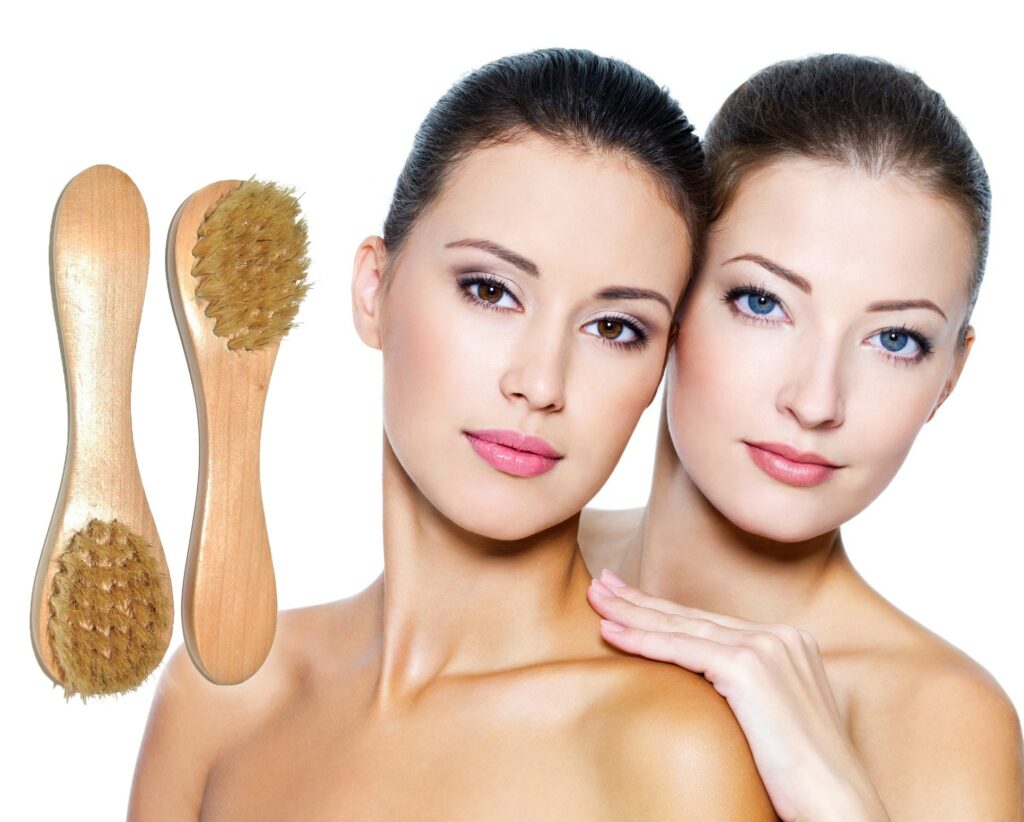 Dry Brushing
Dry Brushing
Hello with great gratitude! We thank you for your support and all the great compliments, it really keeps us going. This week 21 we are sharing great information from the top authorities on dry brushing, I learned about dry brushing over 40 years ago from a mentor friend and teacher. He knew so much about detoxing and moving lymphatic, this system is genius for that. When our lymphatic is moving normally we are in top health due to the fact that the lymphatic system is the one that has multiple interrelated functions: It is responsible for the removal of interstitial fluid from tissues. It absorbs and transports fatty acids and fats as a cycle from the digestive system. It transports white blood cells to and from the lymph nodes into the bones, huge job.
The primary function of the lymphatic system is to transport lymph, a fluid that contains infection-fighting white blood cells, throughout the whole body.
The lymphatic system consists primarily of lymphatic vessels, which are similar to the circulatory system’s veins and capillaries. These vessels are connected to lymph nodes, where the lymph fluid is filtered. The tonsils, adenoids, spleen, and thymus are all part of the lymphatic system.
The spleen, which is located on the left side of the body just above the kidney, is the largest lymphatic organ, according to the U.S. National Library of Medicine (NLM). It controls the number of red blood cells and all the blood storage in the body and helps to fight infection. If the spleen detects potentially dangerous bacteria, viruses, or other microorganisms in the blood, — along with the lymph nodes —it creates white blood cells called lymphocytes, which act as defenders against invaders. The lymphocytes produce antibodies to rid the foreign microorganisms and stop infections from spreading. Humans can live without a spleen, although people who have lost their spleen to disease or injury are more prone to have infections. I encourage you to check the site below, click on the link so you can learn more about it. The lymphatic system can make you or break you, it is crucial to know what it does.
Thank you for visiting and please share and like if you do.
See more at http://www.livescience.com/26983-lymphatic-system.html#sthash.7eyjrube.dpuf
Dry Brushing
It only takes ten minutes a day, costs nothing and helps restore your body, from inside and out. Dry skin brushing has a number of full body wellness and is so simple to do.
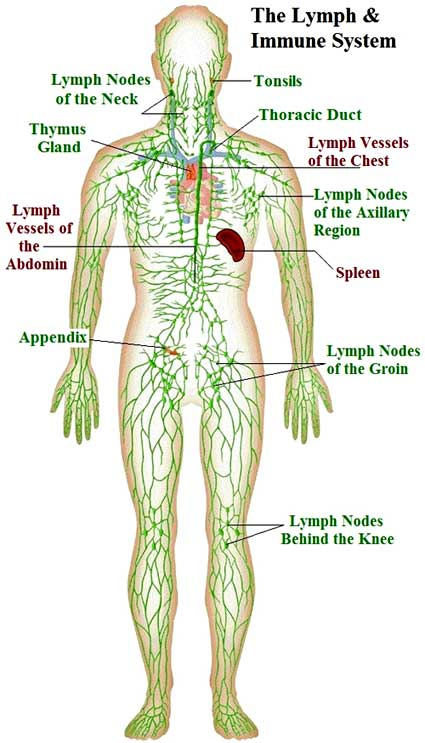 How the Lymphatic works and the physiology of the Lymphatic system great video is a must!!!
How the Lymphatic works and the physiology of the Lymphatic system great video is a must!!!
Dr. Berkowsky’s
Vital Chi Skin-Brushing System™
Vital Chi Skin Brushing can sustain or reestablish the skin’s functional integrity and youthful glow. The skin is as major an organ as the heart, lungs, and kidneys. Its primary functions include respiration, excretion, blood and lymph circulation, immunity and the conduction of vital chi. However, unlike other vital organs, the skin can be non-invasively accessed and mediate systemic rejuvenation by a variety of therapeutic techniques, including proper Skin Brushing. Vital Chi Skin Brushing is a particularly powerful therapy which can positively impact the entire body.
Variations of Skin Brushing have been practiced for thousands of years. For many centuries, the Japanese employed vigorous Skin Brushing with loofa sponges as a prelude to their traditional hot bath. Prior to bathing (following a hard training session or physical competition), ancient Greek athletes used strigils: specialized spoon-like skin scrapers to remove the grime of exertion and encourage circulation. Among the Cherokee Indians, Skin Brushing with dried corn cobs to enhance skin beauty and durability was once a traditional practice. The Comanche Indians scrubbed their skin using sand from the Texas river bottoms; the Texas Rangers followed their example.
Adolph Just in his Nature-Cure classic: Back To Nature tells that he learned the importance of skin-rubbing by observing wild animals: “Higher land animals, especially wild boars, and deer, in free nature, are in the habit of lying down in small muddy swamps and pools and rubbing to and fro in the mud. After a while they rub themselves against the earth, trees, and other objects. The birds go to brooks or springs, and, by immersing their necks, throw water over their bodies…then they rub or scrub the body using their head, bill and wing elbows.”
Among long-lived individuals whose lifestyles reflect an understanding of The Laws of Nature, Skin Brushing is almost invariably a primary aspect of their formula for longevity. F.O. Havens in his 1896 publication, The Possibility of Living 200 Years, describes 3 centenarians’ regimens as follows: “The first, for the last 40 years of his life used skin brushes vigorously applied. The second, Old Gabriel (who died March 16, 1890, at an authenticated age exceeding 120 years), induced perspiration by heated smoke and vapor while scraping his body with sticks. The third, now in his 100th year, has for the past 60 years followed this unvarying habit: Before retiring he has used a towel dipped in water at the temperature of the room, then drying by vigorous rubbing.” Havens, after much longevity-research, suggested: “The following directions are adapted to nearly all conditions of life, and if persisted in, will be found sufficient to keep the skin in perfect condition: Before retiring, rub the body vigorously with skin brush, hair glove or rough towel until the blood is brought to the surface. Follow this immediately by a sponge bath with the water at the temperature of the room.
Vital Chi Skin Brushing System: Guidelines & Technique
(Excerpted from Dr. Berkowsky’s Vital Chi Skin Brushing System book)
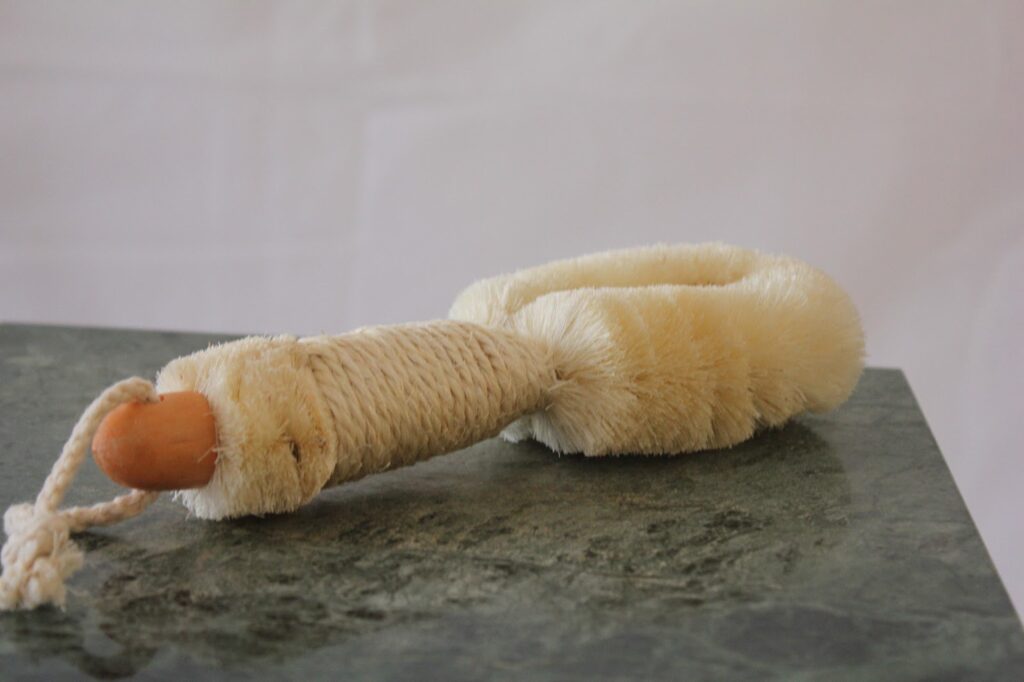 The Vital Chi Skin Brushing System which required hundreds of hours of research and experimentation to develop evolved from my training and experience in anatomy and physiology and various bodywork disciplines as well as the Oriental healing arts. I designed this system to support blood- and lymph circulation, the immune system, the movement of Vital Chi along the acupuncture channels, all the major physiological functions of the skin as well as to enhance skin beauty and encourage the breakdown of cellulite. Yet, my system is quick, concise and user-friendly. The following excerpts from my book will provide some insight regarding associated guidelines and technique.
The Vital Chi Skin Brushing System which required hundreds of hours of research and experimentation to develop evolved from my training and experience in anatomy and physiology and various bodywork disciplines as well as the Oriental healing arts. I designed this system to support blood- and lymph circulation, the immune system, the movement of Vital Chi along the acupuncture channels, all the major physiological functions of the skin as well as to enhance skin beauty and encourage the breakdown of cellulite. Yet, my system is quick, concise and user-friendly. The following excerpts from my book will provide some insight regarding associated guidelines and technique.
Selected Guidelines:
Always treat the major lymph gland drainage site of a given body region before brushing said region, thus allowing for more effective regional lymphatic clearance. For instance: Brush armpit (site of axillary nodes which drain chest) before brushing chest.
The body should be brushed in a strategic sequential pattern to allow for maximum drainage. For Instance: As the neck and head drains into the venous system in the upper chest, and to a small extent, into the axillary nodes, the chest and armpit regions should be brushed before neck and head regions.
Brush-stroke direction always conforms to the route of lymphatic drainage. Example: The chest region drains into the armpit. Hence, the chest on each side is brushed from breastbone to armpit.
Selected Technique:
The Vital Chi Skin Brushing System addresses the entire skin surface (with the exception of the breasts and genitals). The following excerpt from my book focuses on the chest region.
Brush Chest Region (up to, but not including, armpit) as follows:
Above Breast: Brush 7 times each side of chest from breastbone to armpit.
Note: The two major lymphatic ducts empty into the venous system in the left and right chest just below the collarbone. Puffiness above or below the collarbone is indicative of congestion in these ducts. Reducing lymphatic tension in the chest enhances tissue drainage of the entire body.
Below Breast: Using upward curving stroke (under the breast), brush 7 times on each side from sternum to armpit.
Sides of Upper Torso: Brush upward 7 times along each side (in line with the armpit), from waist up to armpit.
Follow-Up Hydrotherapy
Having studied and practiced classical naturopathy, or Nature-Cure, for 25-years, I have come to appreciate the great value of many of the traditional hydrotherapies and their particular synergy with my Vital Chi Skin Brushing System. Hence, I instruct that a Skin Brushing session should always be followed by an appropriate hydrotherapy. In addition to the Salt-Glow, described below, some of the other hydrotherapies which may prove of good service in this regard include alternating hot and cold shower; full cold bath; blitz guss; epsom salt bath; cold ablution.
The Salt-Glow is a wonderful circulation-enhancing treatment. In Lectures to Naturopathic Hydrotherapy, Wade Boyle, N.D. and Andre Saine, N.D. list the following indications for salt-glow therapy: “…chronic conditions with inactive skin, including chronic indigestion, kidney disease, diabetes [if there are no skin lesions], sluggish circulation [especially in those who do not react well to hot or cold weather], low vital force, poor resistance, frequent colds, general weakness, neurasthenia, epilepsy, cancer [but not over a palpable tumor], joint problems [especially if followed by oil rub].”
The Salt-Glow:
Wet a goodly amount of Epsom salt (in an unbreakable bowl) with sufficient water to create the consistency of wet snow. (Vigorous individuals may wish to opt for moistening the salt with ice water for extra stimulation.)
Add a few inches of warm water – 98 F. to 100 F. – to the bathtub, then sit in tub and hand-rub or washcloth-rub body thoroughly using this warm water.
Stand up in the tub (on a non-slip mat) and apply moistened salt as follows: a) Begin with each arm, starting with fingers: rub vigorously until skin turns pink, or to-tolerance, whichever occurs first. b) Then, rub each leg similarly, beginning with toes, working up to hips. c) Rub salt into the rest of the body in the following order: chest, abdomen, back, hips and, buttocks.
Follow with a cold shower spray of 1- to 2-minutes duration, being sure to hand-rub the skin throughout.
Finish with vigorous towel-rub by an open window in private area.
Rest for at least 1/2-hour to 1-hour before initiating activity.
So how does it work?
Dry Brushing according to Dr. Berkowsky’s Skin Brushing System
Your skin, the largest organ in the human body, One third is an organ of elimination. Its primary functions include respiration, excretion, blood and lymph circulation, immunity and the conduction of vital Chi( vital life One-third of your body’s toxins are excreted through the skin, and dry brushing helps to unclog pores and excrete toxins which can positively impact the entire body.
No other organ is more actively engaged in discharging impurities from the body than the skin; it is a close relative of both the lungs and the kidneys. Like the lungs, it absorbs oxygen and expels carbon dioxide and water vapor, and like the kidneys, it excretes organic and saline matter in solution. The surface of the skin is covered with millions of sweat glands which constitute a vast drainage system whereby the blood, via perspiration, purifies itself. It also produces antibacterial substances to protect you from infection and enables your body to produce vitamin D when exposed to the sun. Another crucial role your skin plays is supporting optimal detoxification. But if your skin is overrun with toxins or dead skin cells, it will not be able to eliminate wastes from your body efficiently.
The primary Benefits of Skin Brushing:
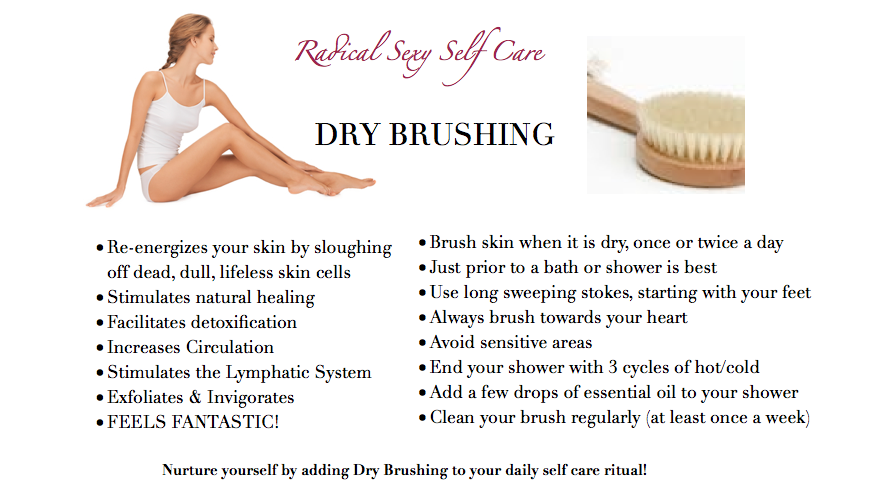 Assist Exfoliation: the outermost layer of skin cells which serve to protect the underlying skin layers are not living cells, thus, are continuously shed and replaced via the multiplication and upward movement of living skin cells.
Assist Exfoliation: the outermost layer of skin cells which serve to protect the underlying skin layers are not living cells, thus, are continuously shed and replaced via the multiplication and upward movement of living skin cells.
Excites Physiological Activities: Which include lymph and blood circulation, nerve transmission, sweat, oil gland and skin pore functions.
Skin Brushing supports venous and lymphatic drainage of the skin. The lymph stream, unlike the bloodstream, is not attached to a pump so its movement is dependent upon movement and contraction of tissues as well as the vitality of the nerves which control the dilation and constriction of the lymph vessels. It also contributes to the strength of the body’s immune system by producing certain white blood cells and generating antibodies. It also contributes to the strength of the body’s immune system by producing certain white blood cells and generating antibodies.
Skin Brushing accelerates filtration into the Lymph vessels and emptying of the smaller vessels into larger lymph vessels; also it assist in the flow of lymph through the lymph nodes.
According to http://articles.mercola.com/sites/articles/archive/2014/02/24/dry-skin-brushing.aspx Dr. Mercola
The Lymph and Immune System network
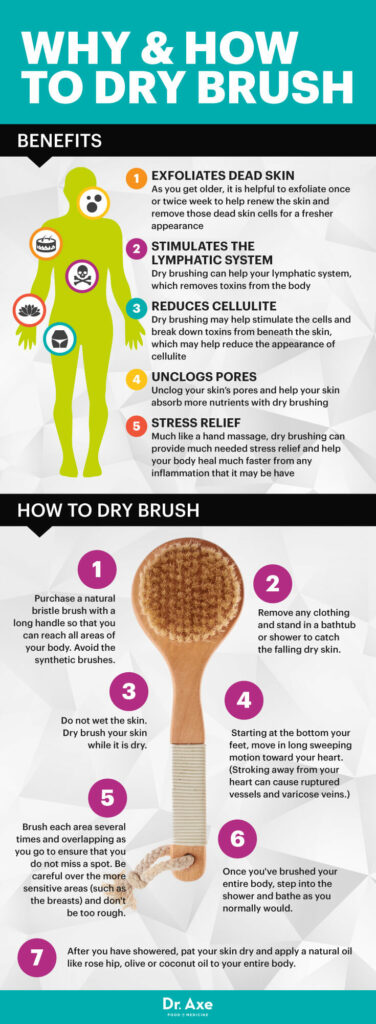
Stimulate Your Lymphatic System
In your body, your lymphatic system is the system responsible for eliminating cellular waste products. Hundreds of miles of lymphatic tubules allow waste to be collected from your tissues and transported to your blood for elimination, a process referred to as lymphatic drainage.
When your lymphatic system is not working properly, waste and toxins can build up and make you sick. Lymphatic congestion is a major factor leading to inflammation and disease. By stimulating your lymphatic system and helping it release toxins, dry skin brushing is a powerful detoxification aid by boosting your immune system and increasing circulation to help detoxify.
Here is an amazing video that can change your life, it will help you connect to a major system, and it will help not only with weight loss but it will improve your health 100%, It is important to be conscious and know how our boys work before we surrender to ignorance and allow the poor me to be in consequence.
from: http://holistichealthlibrary.com/dry-skin-brushing-and-the-lymph-system/
Did you know that the skin is the largest organ in the body, and is responsible for one-fourth of the body’s detoxification each day? That makes it one of the most important elimination organs. Toxicity can gather beneath the skin’s surface from the common use of improper pH levels in body soaps, skin creams, and antiperspirants, plus synthetic fibers worn next to the skin. Anyone of them can contribute to a variety of skin problems and conditions.
Dry skin brushing is a good way to energize your body in the morning. It also boosts your immune system and helps correct and prevent illnesses, and increases circulation. This is important because your skin releases up to 2 pounds of toxins daily. Your liver, lungs, and kidneys are also responsible for eliminating toxins and skin brushing reduces the toxic load of these other organs. In addition, dry brushing not only removes layers of dead skin and aids in unblocking pores, it enhances the function of the lymph system.
Between the cells in all tissues are minute channels where fluid collects. The fluid is called lymph. It is a colorless, odorless, absorbent substance that helps nourish the body by transporting various nutrients such as salts, minerals, and proteins to all parts of the body. Lymph also collects the waste products generated by the cells of the body and turns them over to the blood. The blood then carries the toxins generated by cell metabolism to the lungs, kidneys, colon and, skin for elimination.
When you do skin brushing, you help your lymph system to clean itself of the toxins that collect in the lymph glands. This process improves surface circulation on the skin and keeps the pores open, encouraging the body’s discharge of metabolic wastes and resulting in an improved ability to combat bacteria. A side benefit is that it helps your skin to look and feel healthier and more resilient.
The blood system has the heart to pump and keep it moving, but the lymph system has no help. Dry skin brushing breaks down lymph fluids that have thickened to a consistency like a cottage cheese, especially as we grow older, or in chronically ill people. When the lymph fluid has a better smooth texture, it can produce more white blood cells to help our bodies fight harmful invaders as well as work more efficiently. Exercise, stretching, yoga, or some type of movement helps the lymph move and prevents it from getting too thick and clogged. Regular exercise and dry skin brushing avoid stagnation and accumulation of the waste products that can deposit in our muscles, organs, and joints.
Increase Circulation
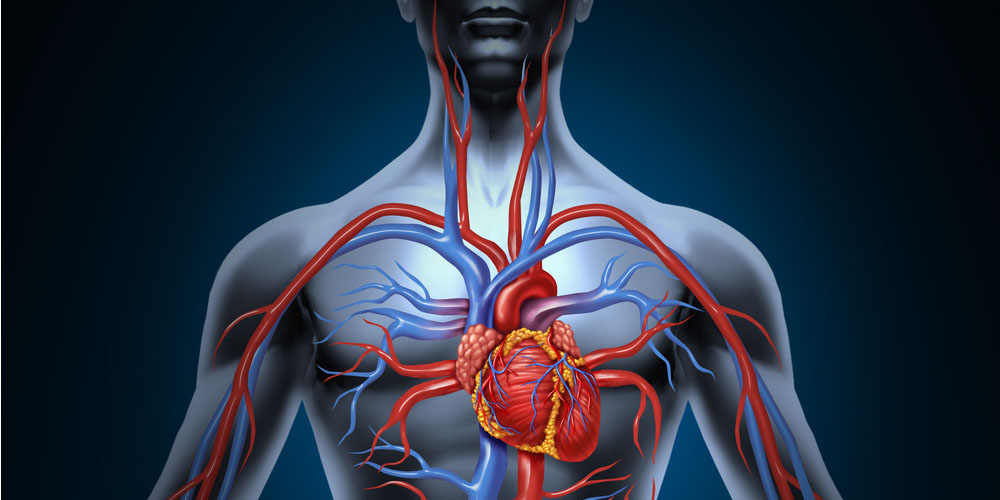 When you dry brush your skin, it increases circulation to your skin, which encourages the elimination of metabolic waste.
When you dry brush your skin, it increases circulation to your skin, which encourages the elimination of metabolic waste.
Diabetes and circulatory health
From: http://www.alive.com/health/improving-circulatory-health/
Poor circulation is one of the greatest dangers associated with diabetes. Blood flow problems stemming from type 1 and type 2 diabetes are linked to an increased risk of heart disease, stroke, and damage to sensory nerves in the hands and feet, which in turn can lead to severe complications and even, in some cases, amputation.
That’s the bad news. The good news is that improved circulation is something that anyone can achieve with a little effort. One great (and often overlooked) way to increase circulation—aside from getting regular exercise and eating artery-clearing foods such as oatmeal and walnuts—is to dry brush regularly with essential oils.
Stress Relief
from: http://draxe.com/dry-brushing/
The act of dry brushing has been described as meditative (especially if you do it in a quiet space) and may reduce muscle tension, calm your mind, and relieve stress. Many compare it to a light whole-body massage.
By increasing your blood flow reduces stressed areas of the body and stimulates nerve endings in your skin which in turn rejuvenates your nervous system.
Another benefit of dry brushing is that it’s similar to massage in decreasing stress, which is excellent for your health by eliminating anxiety. A study reported that whole body massage was effective in reducing anxiety and stabilizing vital signs of patients with acute coronary disorders. Dry brushing is similar to massage in helping you to relax, yet is far cheaper since you can do it yourself.
Much like a hand massage, dry brushing can provide much needed natural stress relief. When you are less stressed, your body heals much faster from any disease-causing inflammation that it may have.
Did you know that 75 to 90 percent of all doctors office visits are related to conditions caused by stress? When you are stressed, it causes changes in the hormones that can increase inflammation and trigger various other problems. If you experience stress over an extended period of time, it can be dangerous and is capable of increasing the risk for heart disease, diabetes, weight gain or obesity, mental disorders, autoimmune diseases, digestive disorders and even cancer.
Therefore, finding ways to help eliminate stress is crucial. Dry brushing is an easy way that you can do this for yourself!
Dry Face Brushing
Lymphatic facial massage to reduce Lymphatic puffing under the eye and all over the face
Instructions step by step on how to Dry Brush your face
Click the image below to enlarge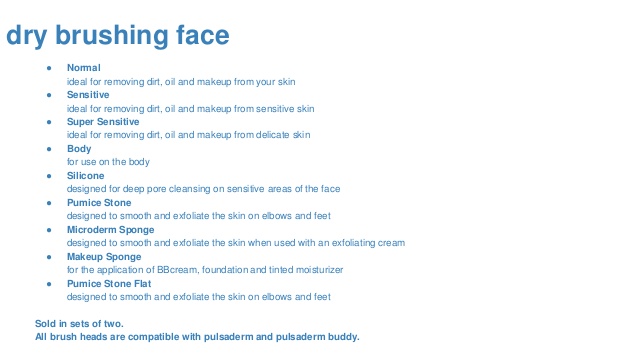
Skin Brushing benefits Mature Skin:
Decreased sweat and oil gland functions are part of the mature skin. Skin Brushing stimulates both the sweat and oil glands, and in this way, contributes to the restoration of moist, supple skin. It also strengthens the skin through which the skin is moisturized, cleansed and oxygen and CO2 are exchanged. Aging and devitalization of the skin often results in pore enlargement and flaccidity due to loss of skin tone and depleted Chi (life force). Harry Benjamin ND says that that through the practice of regular Skin Brushing one is assured of the possession of healthy skin, as pores are then sure to be active. Skin Brushing makes a strong impression upon the dermis, the layer that contains an abundance of blood and lymph vessels, nerves, glands, elastin and collagen fibers. The dermis provides nutrients and moisture to all the skin layers and lends contour and flexibility. When the Dermis ages, its connective tissue fibers reduce, rigidify, lose resilience and even break into pieces, causing the skin’s support muscles to lose tone and volume and the skin dehydrate and collapse into sags, wrinkles, and lines.
Healthy connective tissue and muscles are products of efficient nutrient support and oxygenation, a waste free , optimal water balance and moderate exercise, all of which are promoted by regular skin brushing.
Breaks down Cellulite
Dr.Jack Soltanoff notes: Because Dry Brushing also stimulates hormones and oil-producing glands, your skin will be rosy, resilient and radiant, He maintains that Skin Brushing in conjunction with proper diet and exercise will tone and tighten the skin and will get rid of troublesome cellulite. Cellulite is a structural disturbance of fat tissue. The fat content of cellulite containing tissue is normal, but fibrous nodules surround the fat cells which gives affected skin areas their typical orange peel appearance. Cellulite formation is related, in part, to the local vein and lymph congestion. Skin Brushing definitely has a big roll in changing this condition.
To get started, follow the simple steps below:
Selecting a Skin Brush
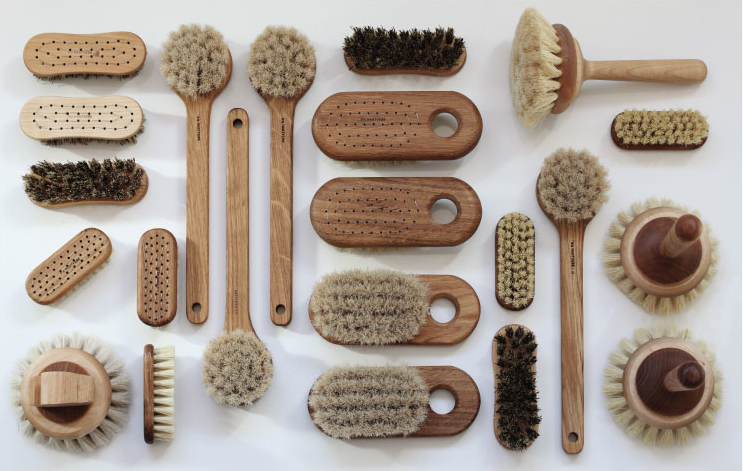 Start off with a natural bristle brush (Skin brushes are preferred) in addition, synthetic bristles do not harmonize with the body’s bioenergy system. All the brushes used in Skin Brushing should have natural wooden handles. Avoid plastic and metal handles.
Start off with a natural bristle brush (Skin brushes are preferred) in addition, synthetic bristles do not harmonize with the body’s bioenergy system. All the brushes used in Skin Brushing should have natural wooden handles. Avoid plastic and metal handles.
Main body brush is long handled and has vegetable fiber bristles. The long handle is necessary for reaching behind oneself to brush the entire surface area of the back.
As far as the long handled body brushes goes, boar bristles should be avoided, as their softness will not provide the optimal amount of exfoliation and stimulation of the vital processes of the skin.
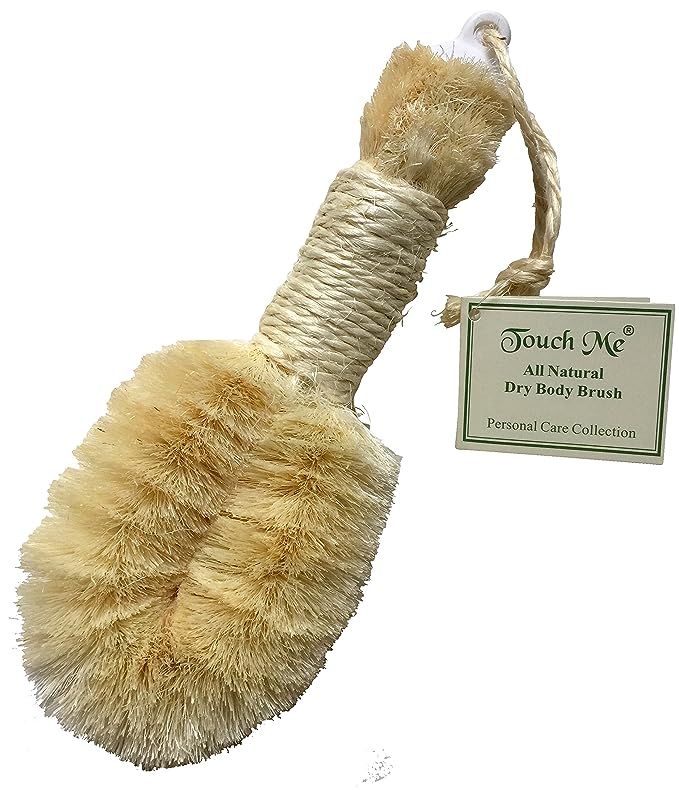 Cleansing your brushes a very important step There are two basic methods of cleansing skin brushes: dry and wet.
Cleansing your brushes a very important step There are two basic methods of cleansing skin brushes: dry and wet.
- Quick dry method hold the brush bristle side down. Rapidly draw a comb back and forth over the bristles. This action flicks the bristles, encouraging accumulated dead skin cells to drop out from the brush.
- Second dry method sharply tap the back of the brush with the comb to exert a similar action as before, the brush should be clean after every use.
Wet method of cleansing the Skin brush
Use the dry method of cleaning the brush first and proceed to plug the drain of your sink, add warm water deep enough to cover the brush bristles when facing downward. Add an organic soap and swish the brush around. Rinse well with cool water. Shake well the excess water from the brush and allow to air dry, if it is sunny, place it in the sun bristle side up, the ultraviolet rays will do their antiseptic work. Do not leave your brushes soaking in water, because, even if the wood is not submerged, water will wick up through the bristles and saturate the wood. Over time, this will cause the wood to mildew and otherwise deteriorate.
Tips to find your Skin Brush
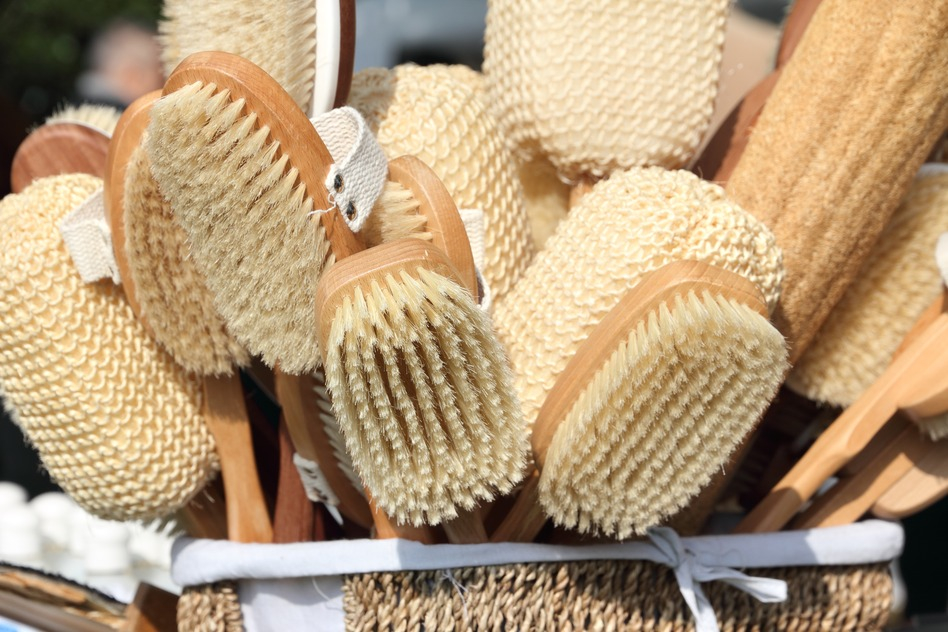
bucket with various wooden SPA accessories
These days, the best way to find a Skin brush is by the internet, unless running around is a better selection at your fingers. I suggest you use the following search terms: natural bristle body brushes; Tampico fiber body brushes; sisal fiber body brushes; palm fiber body brushes.
Dry skin brushing should be done daily in the morning, it is without question the best time of the day for best results, or even twice a day if you like. Try incorporating it into your normal daily routine, such as doing your brushing before your morning shower and then again after work (avoid doing it too close to bedtime, as it may leave you feeling energized).
How many minutes? It takes about 10 minutes, I personally think I deserve this for myself most of the days we donate hours to other activities that don’t render us as many benefits.
Use only brush pressure that is individually comfortable, using relatively gentle pressure.
How To Dry Brush
 from: http://www.wikihow.com/Dry-Brush-Your-Skin
from: http://www.wikihow.com/Dry-Brush-Your-Skin
Stand on a tiled surface. Before you begin dry-brushing, you should get on a tiled surface. Most people prefer dry brushing in their showers. Dead skin flakes will fall away from your body during the process and you want a surface that can easily be cleaned or washed away after the process.
Start with the feet and move up the legs. Use your long-handled brush for this portion of dry brushing. Dry brushing begins with the bottom of your body and moves upward.
- Use long, smooth brush strokes. Work backward, each stroke moving towards the heart.
- If balance is an issue, prop your leg up on a footstool or on the side of the bathtub.
- Pay extra attention to rougher areas, like your ankles and the soles of your feet. Brush these areas several times to assure any dead skin falls away.
Move to arms and then torso. Continue to work with your long-handled brush. After you’ve worked your way up your legs, move on to your arms. Remember, the process is very similar. You’re moving towards your heart with each stroke.
- Start with your hands and move towards the shoulders. Once again, use long and smooth brush strokes.
- Give rough areas, like the elbows, extra attention. Make sure dead skin falls away.
- Move on to the back. This can be difficult, as some areas of the back are hard to access. Make sure your brush handle reaches far enough to touch your mid-back and other hard-to-reach areas. Move from the buttocks up to the shoulder blades.
- Finally, move on to the torsos and sides. Brush up your rib cage, moving towards the heart. On your sides, move from your hip to your armpit.
Dry brush sensitive areas. Set aside the long-handled brush and get your softer bristled brush. Move on to more sensitive areas of the skin.
- Dry brush your face, using somewhat smaller and gentler strokes. Move from the forehead to neck.
- Nipples or breasts should also be dry brushed with a softer brush to avoid the irritating more sensitive skin.
- If you want to go over your whole body again, it might be better to use the softer brush this time around to avoid undue irritation.
Shower after dry brushing. Even if you do not dry brush in the mornings, it might be a good idea to shower after dry brushing. Any lingering dead skin can be washed off in a shower.
- Some people recommend alternating between hot and cold temperatures to further enhance blood circulation, although this is not necessary. If you’d rather just take a normal shower using tolerably hot water, this is also okay
- Pat your skin dry rather than rubbing it dry after a shower. Your skin might be extra sensitive after dry brushing and you don’t want to encourage skin irritation or infection.
- Apply a natural oil to your skin to replenish any oils lost in the dry brushing and showering process. Rose lip oil and coconut oil are good options.
Clean the area and brushes after dry brushing. After you finish dry brushing, you should clean the area where you dry brushed as well as the instruments used.
- If you dry brushed in your shower, clean up is easy as the dead skin will probably flow down the drain afterward. On other tiled surfaces, sweep up dead skin flakes and dispose of them.
- Your dry brushes should stay dry. Do not hang them in the shower, where they will get wet and be exposed to mildew. Store them away from standing water.
- Periodically, your dry brush will need to be washed. Use a small amount of shampoo or liquid soap. Wash the bristles and blot out as much water as possible afterward. Hang the brushes to dry somewhere safe, away from any further exposure to water.
Guide lines and Precautions
Pay attention to the described sequence of brushing
- The armpit region is first
- The groin region is after and before chest
- The neck and head drain into the venous system in the upper chest, and to a small extent, into the axillary nodes, the armpit is brushed before neck and head regions.
- The upper body is worked BEFORE the LOWER because the fluids of the latter must course upward to the chest. Hence, it is logical to reduce resistance in the upper body before attempting to propel against gravity the fluids from the lower body toward the upper torso.
- Since vital Chi runs very powerfully and close to the surface in the hands and feet, they are brushed BEFORE treating the rest of the limb. This initiates powerful circulation of vital Chi energy in the limb, and so, makes ensuing treatment of limb more effective.
- Stroke direction always conforms to the route of lymphatic drainage.
- Never brush areas of active inflammation ( like varicose veins, inflamed joints, open wounds, irritations, skin eruptions etc., use common sense on this and when in doubt consult your health care provider).
- Never brush over enlarged or hardened lymph nodes.
- Pregnant women should seek the advice of their physician.
- The genitalia are never brushed.
- Do not brush after sunbathing.
Bellow is a chart of the direction and location of the strokes for detail Skin Brushing visit http://naturalhealthscience.com, a great site with all details and many insights, enjoy it in ideal health and happiness.
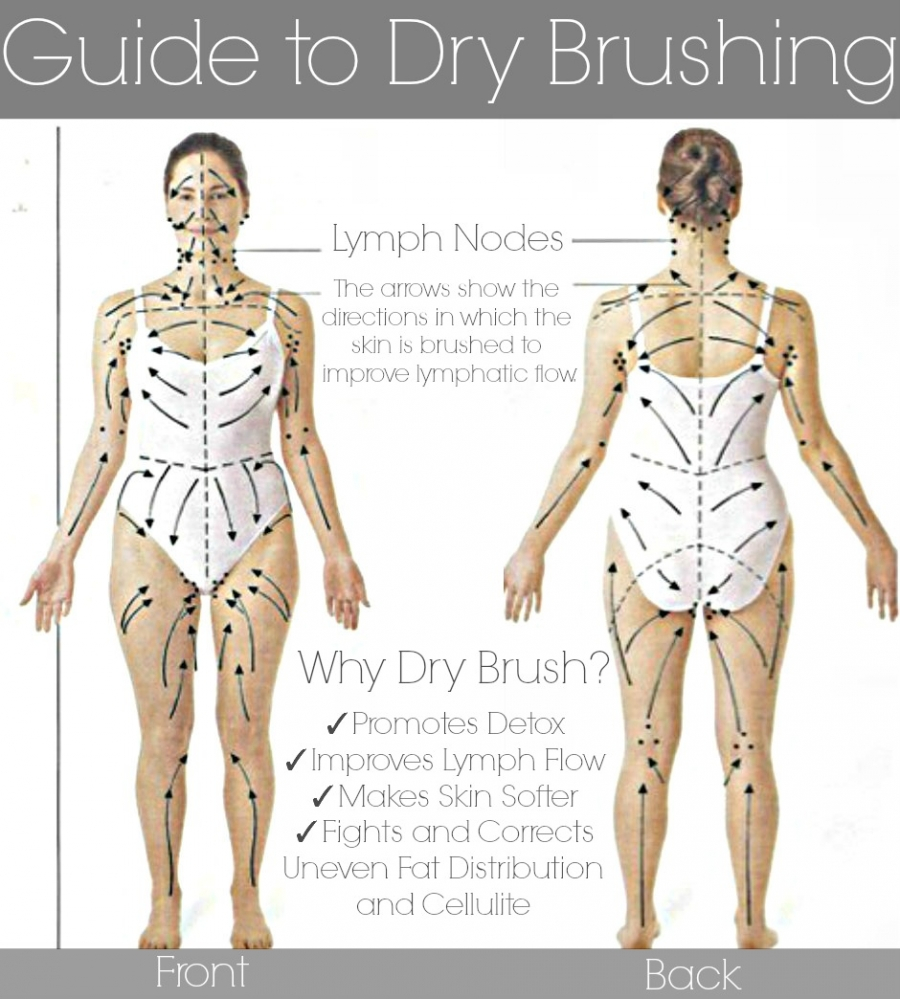
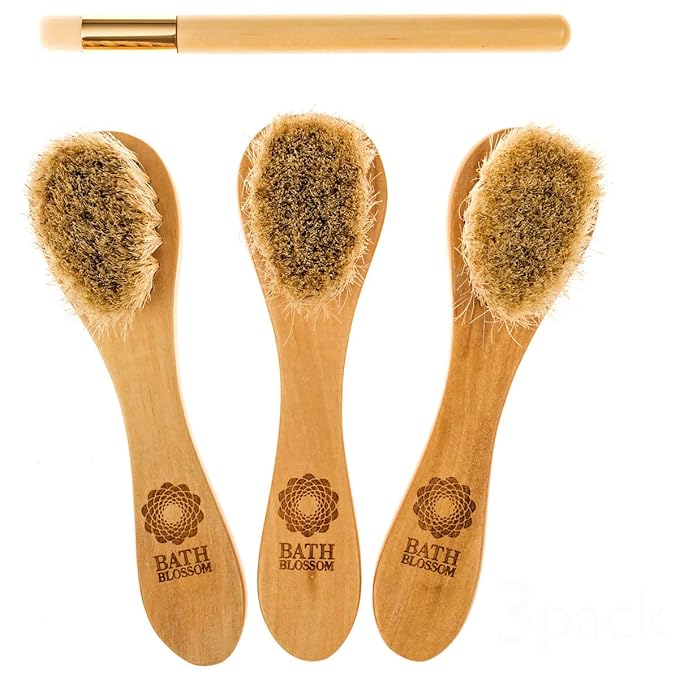 100% Natural Dry Body Brush & Face Brush Set for Dry Brushing with Long Detachable Handle and Boar Bristles – Exfoliate Skin, Reduce Cellulite & Improve Circulation
100% Natural Dry Body Brush & Face Brush Set for Dry Brushing with Long Detachable Handle and Boar Bristles – Exfoliate Skin, Reduce Cellulite & Improve Circulation
- Enjoy healthier, more beautiful, glowing skin and improved circulation – thanks to the gently exfoliating 100% NATURAL boar BRISTLES
- Relax and experience an at-home spa-like dry brushing routine – only by using our super comfortable LONG HANDLE body brush with a DETACHABLE head
- The perfect body brush for CELLULITE reduction and stretch mark prevention – very efficient when used for lymphatic drainage – RESULTS visible in a few short DAYS
 Touch Me ® All Natural Spa Dry Skin Brush- 10″ Length
Touch Me ® All Natural Spa Dry Skin Brush- 10″ Length
- Natural sisal bristle with jute handle & rope loop.
- Size: 10″ in length, Head 3 ½” across x 5″ long.
- Stimulate blood circulation.
- Removes dead skin layers and cellulite.
- Tightens the skin preventing premature aging.
Bath Blossom Face Cleansing Brush for Facial Exfoliation – Skin Cleaning Scrubber Brush – Natural Bristles Facial Brush for Dry Brushing
- GET A DEEPER CLEANSE, Natural bristles deep cleansing brush for face removes more makeup, oil and impurities than your hands or a washcloth, allowing you to get more out of your facial cleanser.
- BRIGHTEN & PERFECT YOUR COMPLEXION, Facial brush gently removes dead skin and minimizes imperfections like fine lines and age spots. Great for dry skin brushing!
- SPA QUALITY DESIGN. Premium natural bristles are strong, yet flexible enough to avoid irritation; the Ergonomic wood handle is easy to grip.

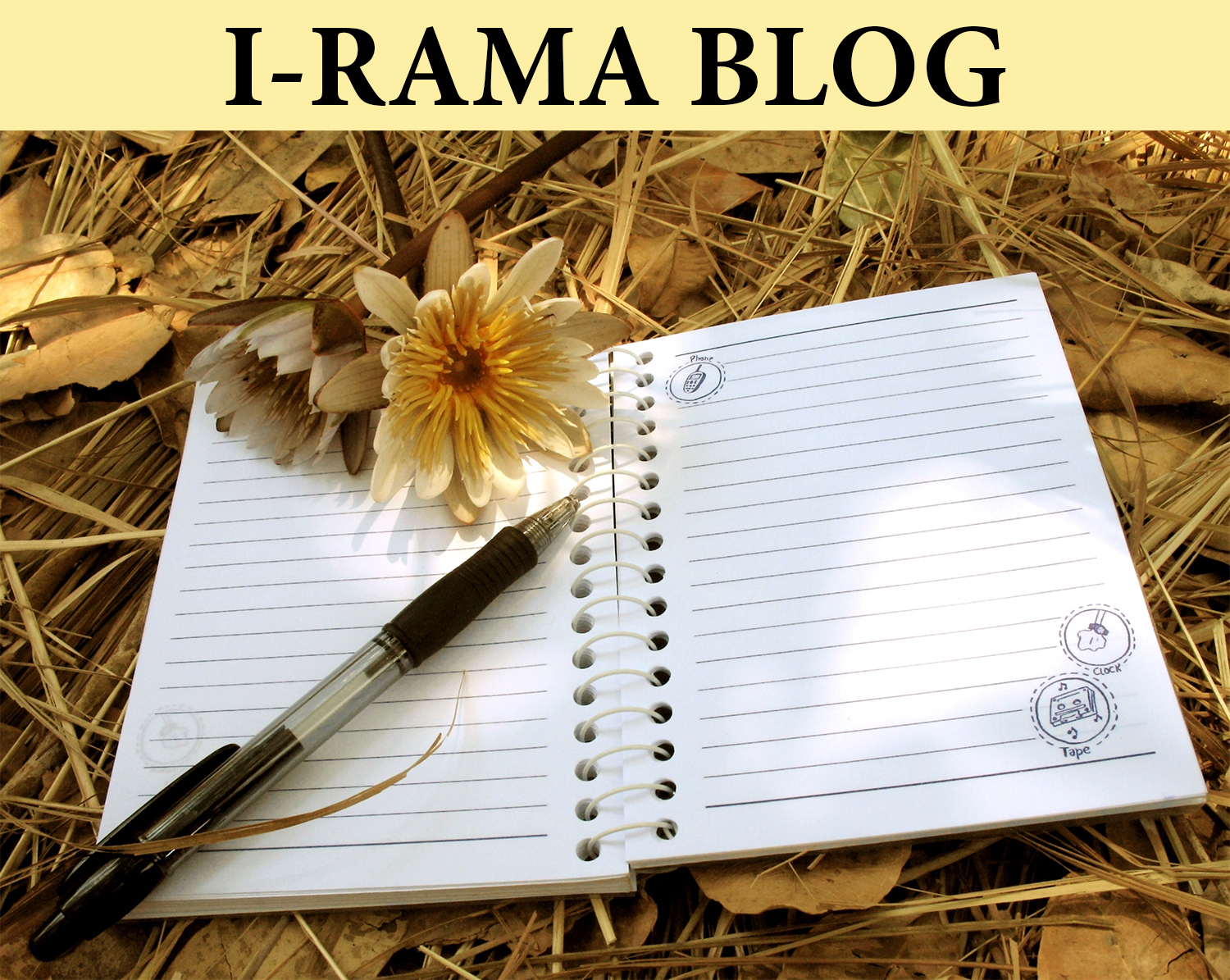
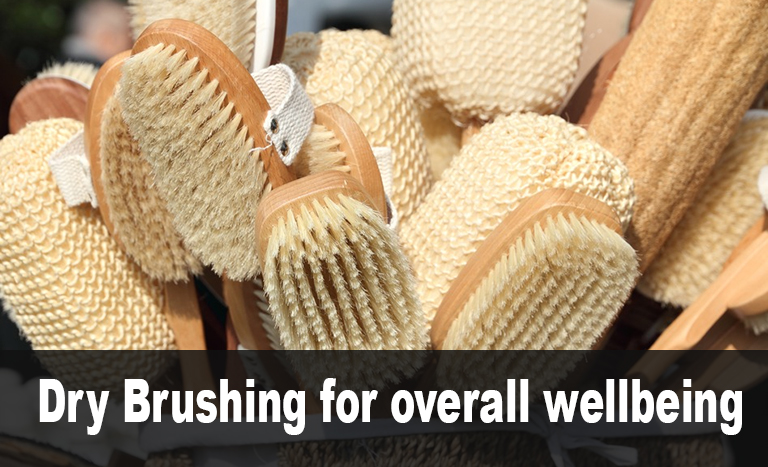
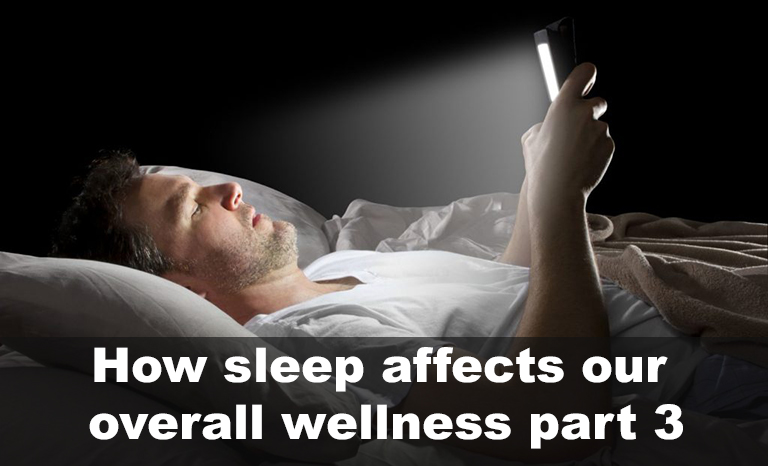
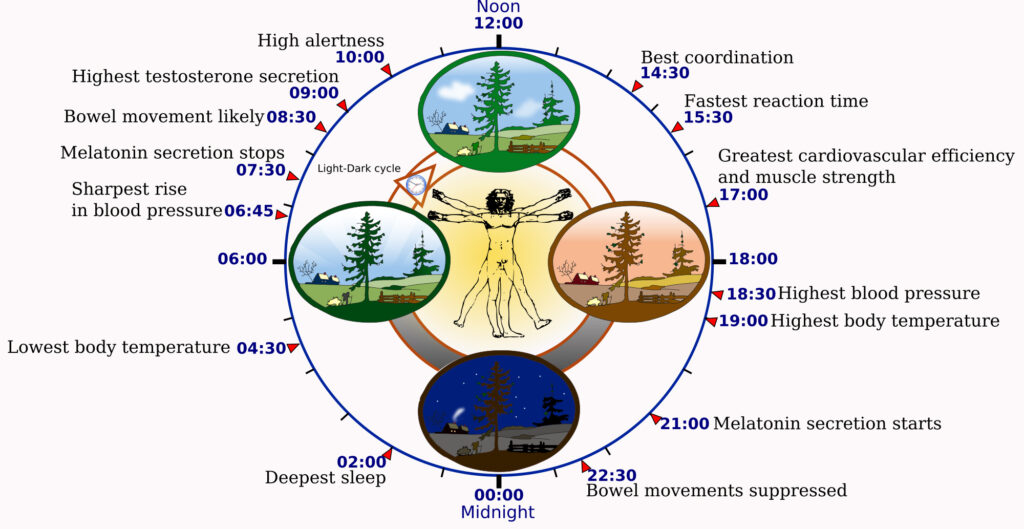 Everyone has slightly different circadian rhythms, but the average length is 24 and one-quarter hours. The circadian rhythm of people who stay up late is slightly longer, while the rhythms of earlier birds fall short of 24 hours. Dr. Charles Czeisler of Harvard Medical School showed, in 1981, that daylight keeps a person’s internal clock aligned with the environment.
Everyone has slightly different circadian rhythms, but the average length is 24 and one-quarter hours. The circadian rhythm of people who stay up late is slightly longer, while the rhythms of earlier birds fall short of 24 hours. Dr. Charles Czeisler of Harvard Medical School showed, in 1981, that daylight keeps a person’s internal clock aligned with the environment.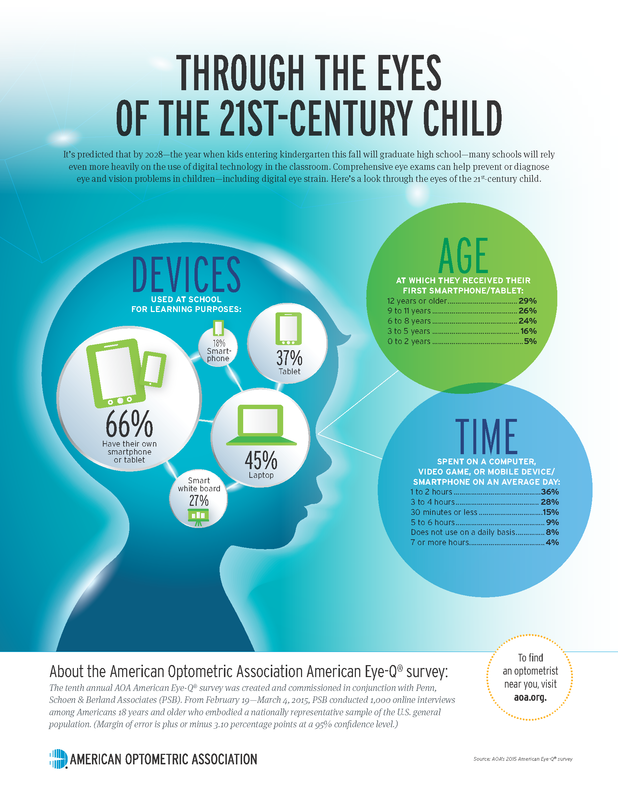
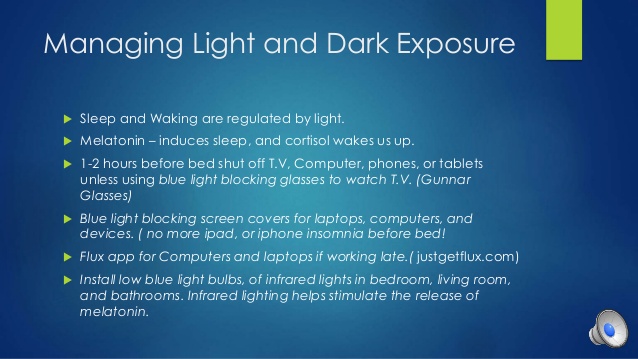 According to Harvard Studies
According to Harvard Studies 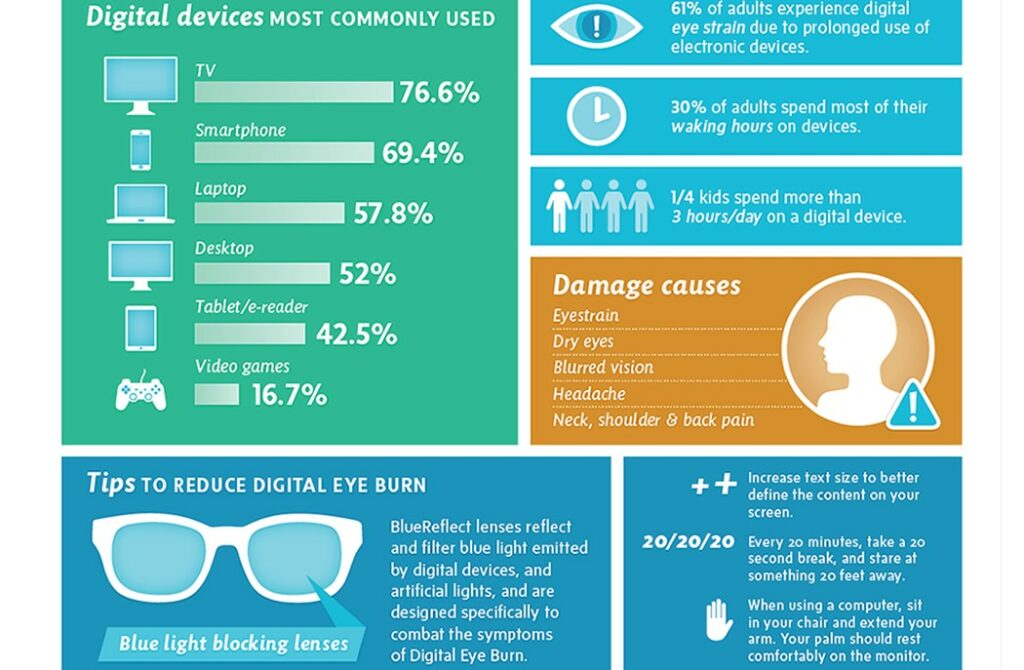 While the light of any kind can suppress the secretion of melatonin, blue light does so more powerfully. Harvard researchers and their colleagues conducted an experiment comparing the effects of 6.5 hours of exposure to blue light to exposure to green light of comparable brightness. The blue light suppressed melatonin for about twice as long as the green light and shifted circadian rhythms by twice as much (3 hours vs. 1.5 hours).
While the light of any kind can suppress the secretion of melatonin, blue light does so more powerfully. Harvard researchers and their colleagues conducted an experiment comparing the effects of 6.5 hours of exposure to blue light to exposure to green light of comparable brightness. The blue light suppressed melatonin for about twice as long as the green light and shifted circadian rhythms by twice as much (3 hours vs. 1.5 hours).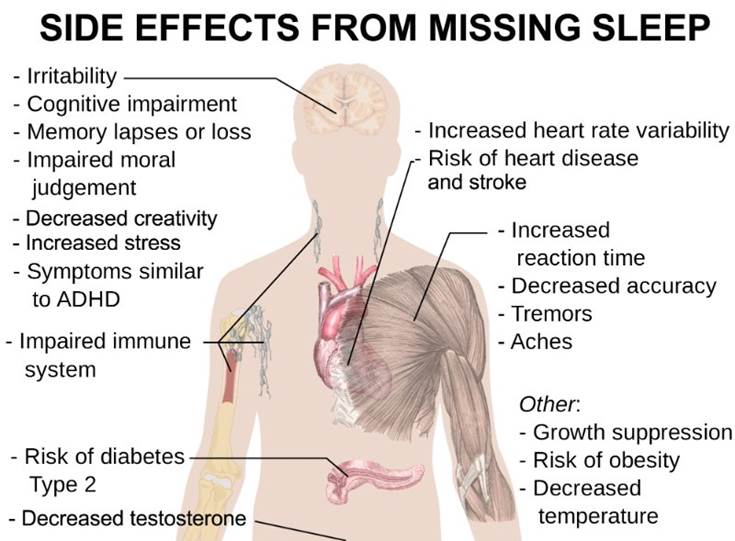 After 48 hours of no sleep, your oxygen intake is lessened and anaerobic power is impaired, which affects your athletic potential. You may also lose coordination, and start to forget words when speaking. It’s all downhill from there.
After 48 hours of no sleep, your oxygen intake is lessened and anaerobic power is impaired, which affects your athletic potential. You may also lose coordination, and start to forget words when speaking. It’s all downhill from there.